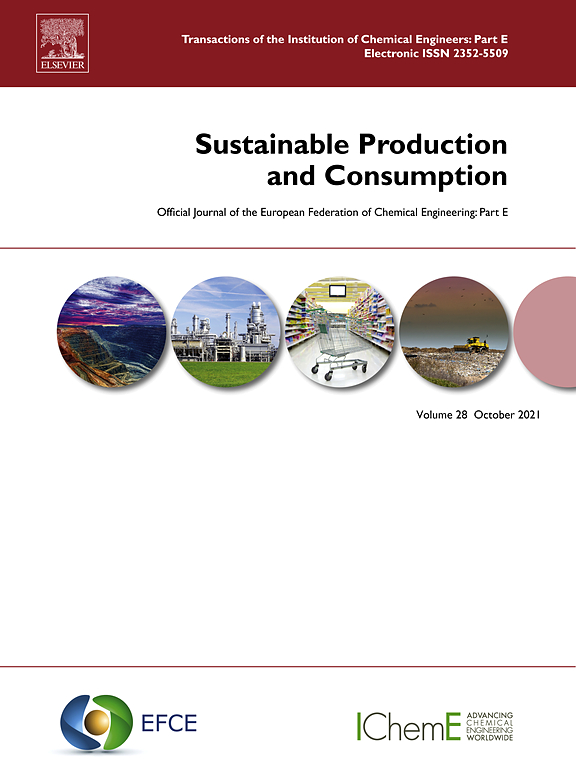Leave a Reply
You must be logged in to view and post comments.
The COVID-19 pandemic caused unprecedented disruptions to food systems, leading to both food shortages and food waste across the supply chain. These disruptions have, in turn, altered how people consume and then ultimately discard food. To better understand these impacts, their underlying drivers, and their sustainability implications, this study surveyed U.S. consumers about food purchasing, use, and waste behaviors during the pandemic. Survey respondents reported an increase in overall food purchases and a slight decrease in food waste generation due to the pandemic, but the linkages between these outcomes and underlying behaviors were complex. For instance, reduced household food waste was significantly correlated with an increase in behaviors such as meal planning, preserving foods, and using leftovers and shelf-stable items. On the other hand, behaviors aimed at self-sufficiency, including bulk purchasing and stockpiling, were significantly correlated with increased food purchase, which in turn led to increased waste. Results may offer insight for future resource and waste management strategies. For example, over 60% of respondents who started or increased efficient food use behaviors stated an intent to continue these activities after the pandemic. In contrast, less than 10% of respondents reported that they began or increased separating or composting food waste during the pandemic, and many stopped altogether due to suspension of local curbside composting services. Findings suggest that it may be easier to shift food consumption and use behaviors but more challenging to alter food waste separation behaviors, particularly those influenced by external factors, such as infrastructure that may be vulnerable to disruption. Identifying ways to facilitate ongoing behavior change and foster robust food waste management systems can contribute to resilience of food systems now and once the immediate threat of the pandemic has subsided.
